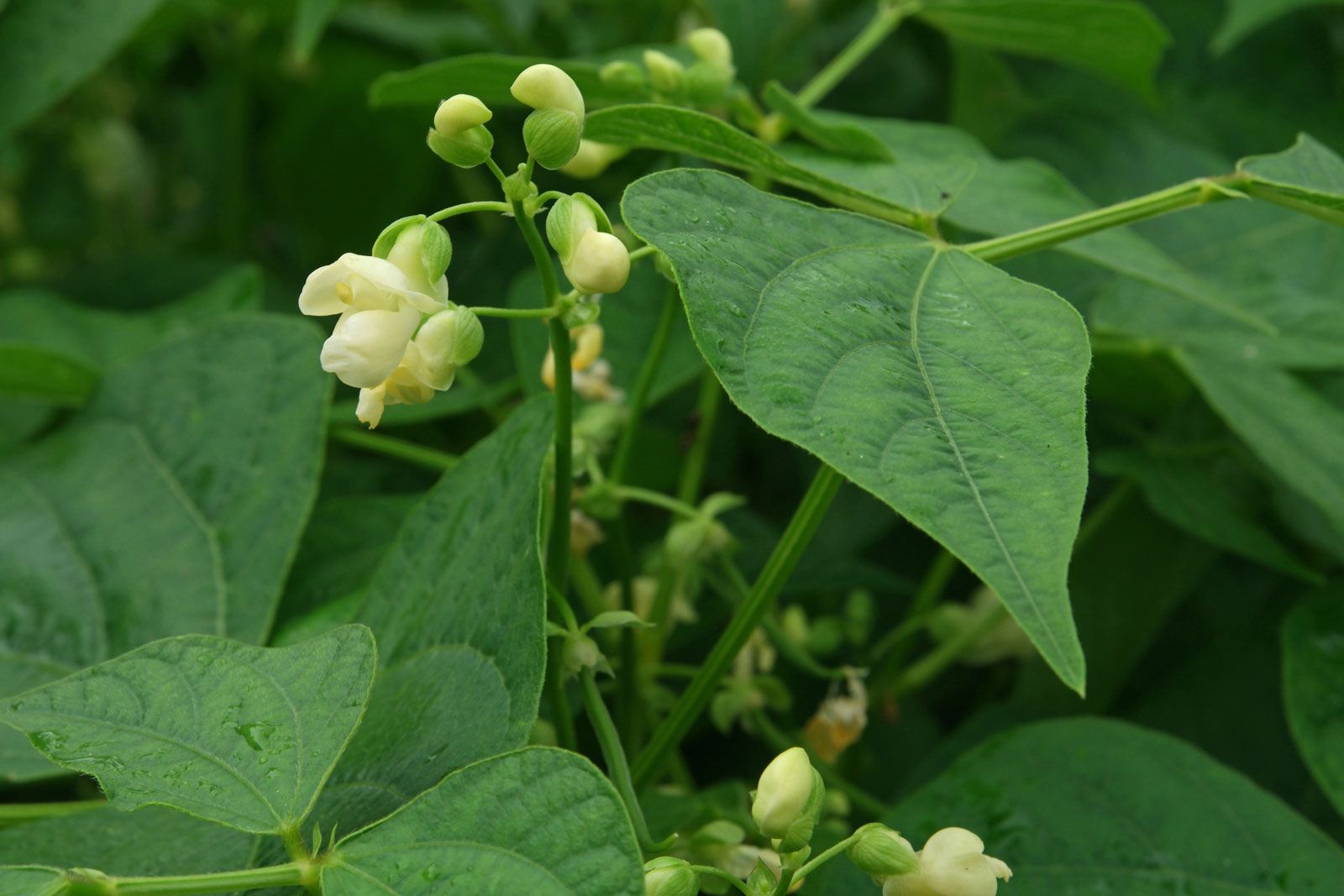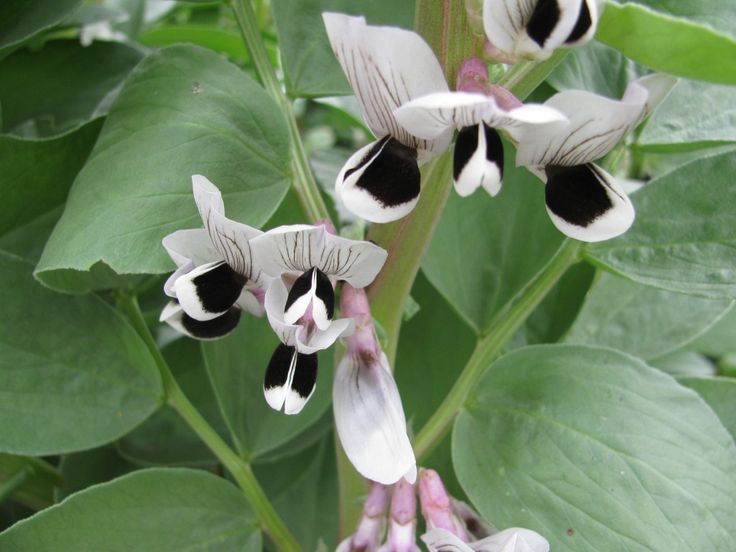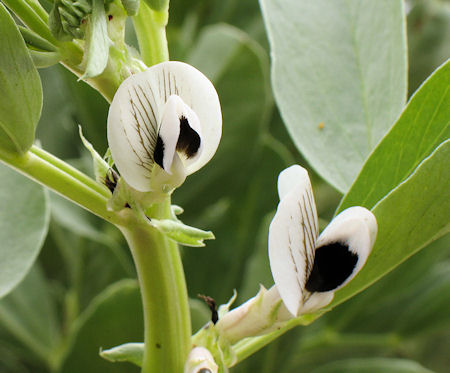 Sajjad Moharramnejad, Mostafa Valizadeh
Sajjad Moharramnejad, Mostafa Valizadeh
Department of Agronomy and Plant Breeding, Faculty of Agricultural Sciences, University of Mohaghegh Ardabili, Ardabil, Iran
Department of Plant Breeding and Biotechnology, Faculty of Agriculture, University of Tabriz, Tabriz, Iran
Key words: Antioxidant enzymes, Isozymes, Red bean (Phaseolus vulgaris L), Salt stress.
Abstract
In order to evaluate salt tolerance in red bean (Phaseolus vulgaris L.) 10 genotypes were exposed to two levels of NaCl i.e., 0 and 400 mM in laboratory conditions. Plant fresh weight, total phenolics, total soluble proteins, hydrogen peroxide (H2O2) and malondialdehyde (MDA) in leaves salt-stressed and non-stressed plants were analyzed. Continue reading Assessment of oxidative stress tolerance in red bean (Phaseolus vulgaris L.) seedling under salinity – IJAAR

